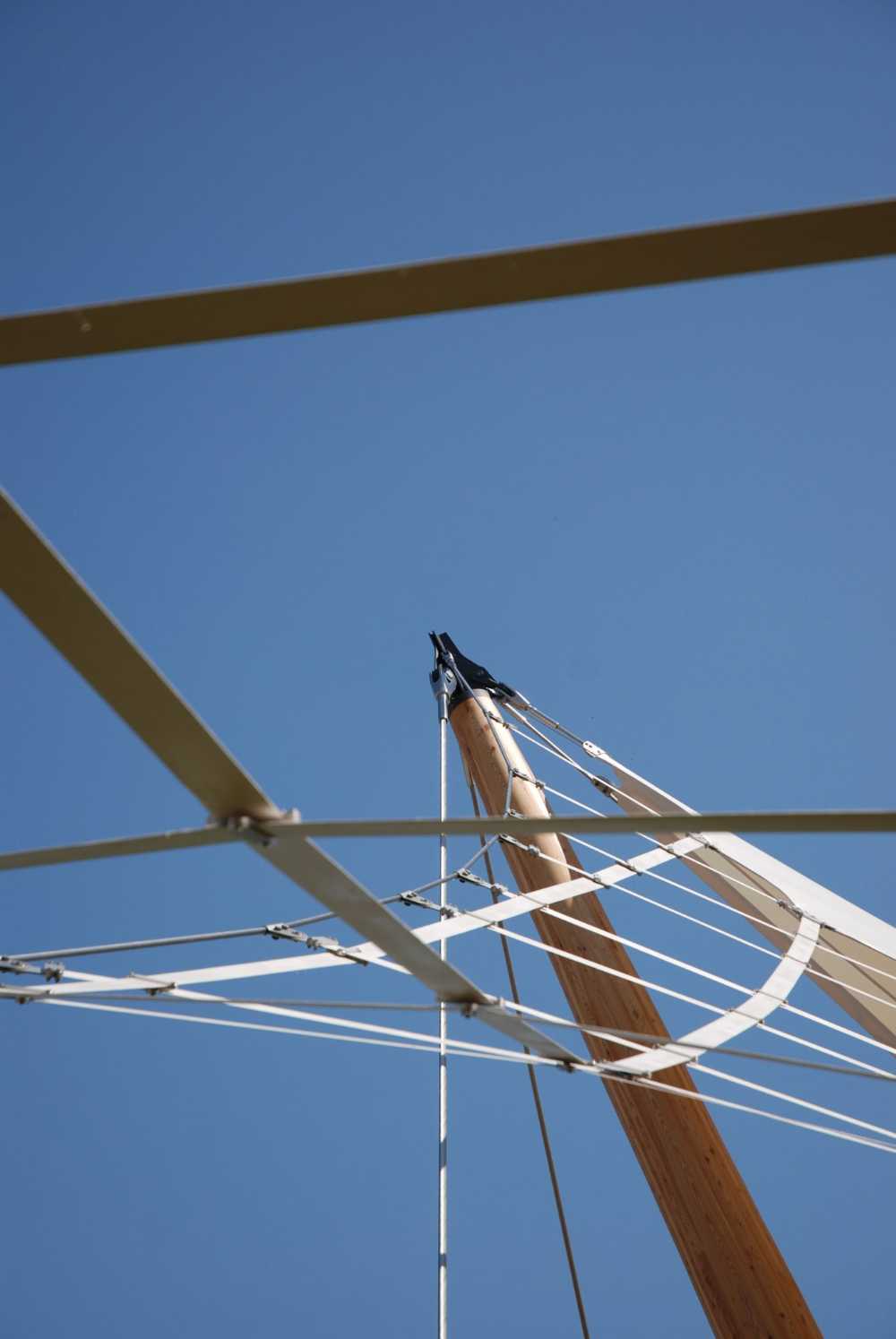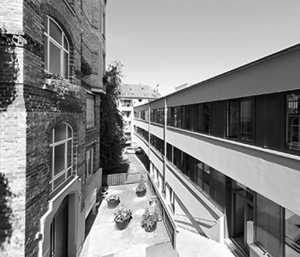The small Bavarian town of Kolbermoor in Germany developed with the growth of the cotton spinning industry founded in 1860. Since the industry's decommissioning in 1993, the buildings have been slowly and steadily decaying. Behnisch Architekten construes the place and the needs by converting the old industrial site into a contemporary place of meetings, art and culture
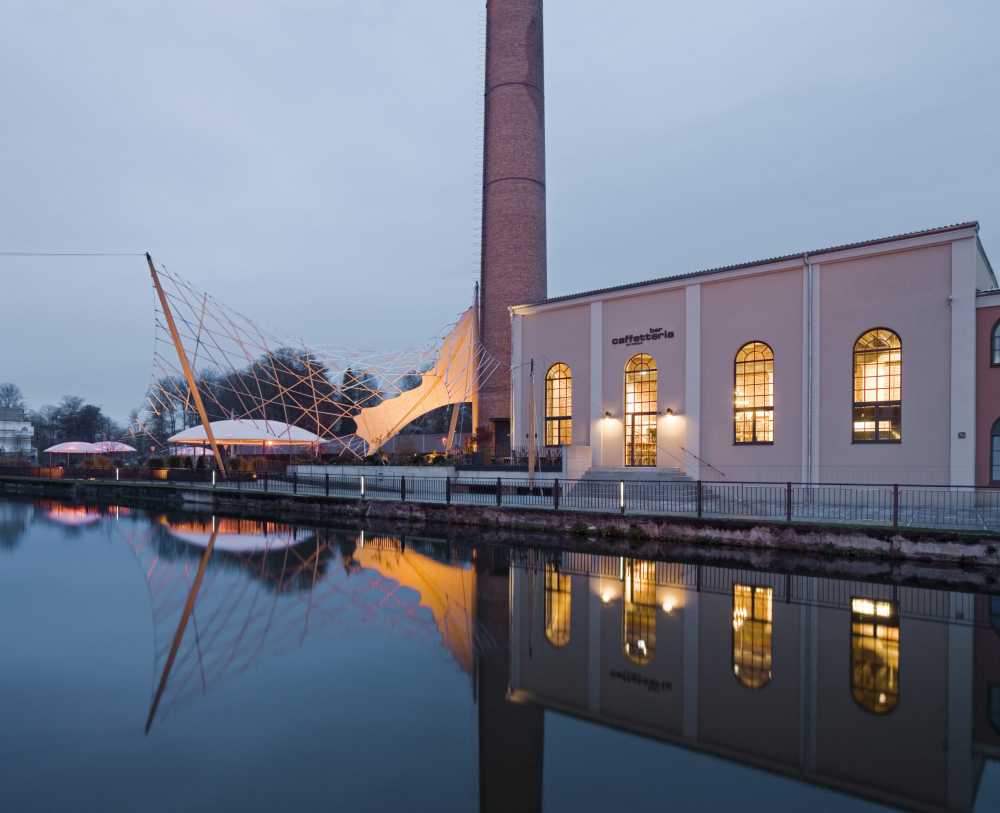

Urban Space in Bavaria. The Wooden Structure reflects the "plot" from the Past
The need to adapt the outdoor spaces to carry out different activities has prompted the Behnisch Architekten studio to accept the client's request and to design a space that will distinguish the site in Germany, Kolbermoor
- #L'Europe
- #Allemagne
- #Zones urbaines
- #Restylage
- #Rénovation
- #Bois
- #Tissu
- #Architectures
- #Architecture
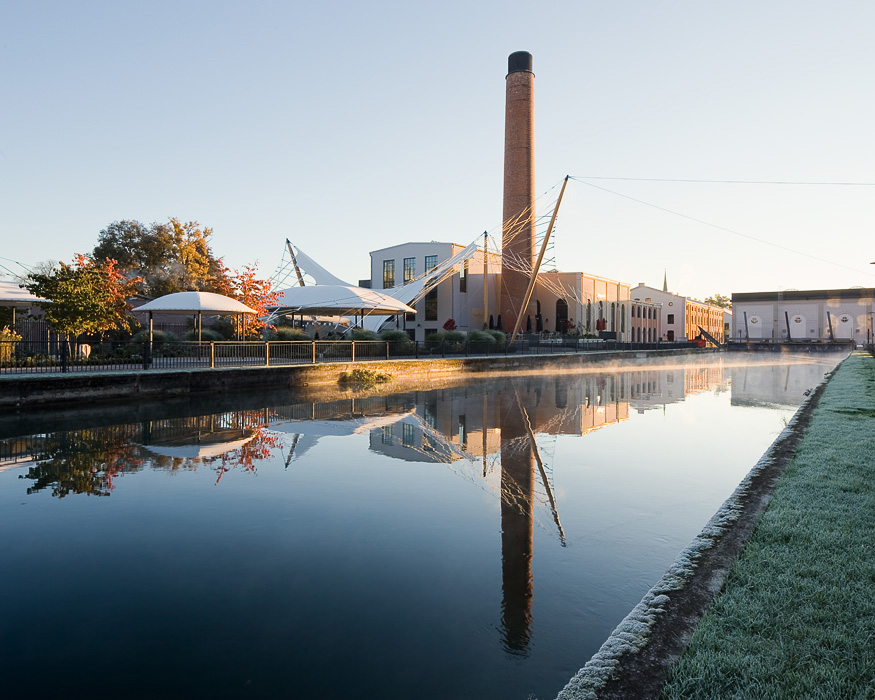
In 2006, the site was sold to Quest Real Estate, which promoted a comprehensive modernization of the historic industrial buildings, converting them into shops, offices, restaurants and residential spaces
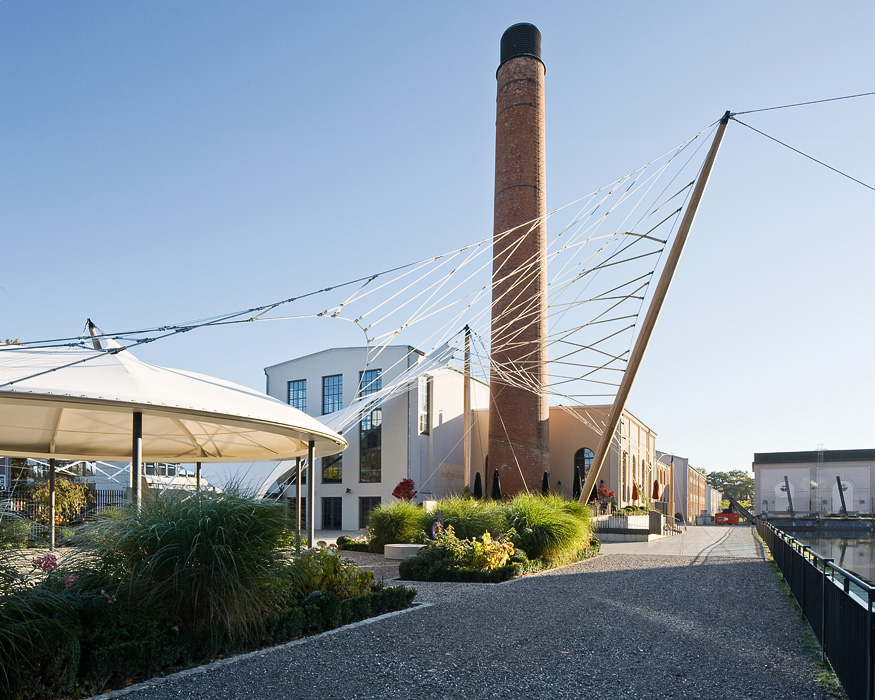
Visible from afar thanks to its imposing brick chimney, the "boiler room" is the real centre of the historical site. The building, which was once the power plant of the old mill, now houses a cafeteria and a multifunctional event room with a park, adorned with a rose garden and a sun terrace offering a nostalgic view of the canal that runs through the historic city. Today this place is known as the "Don Bosco"
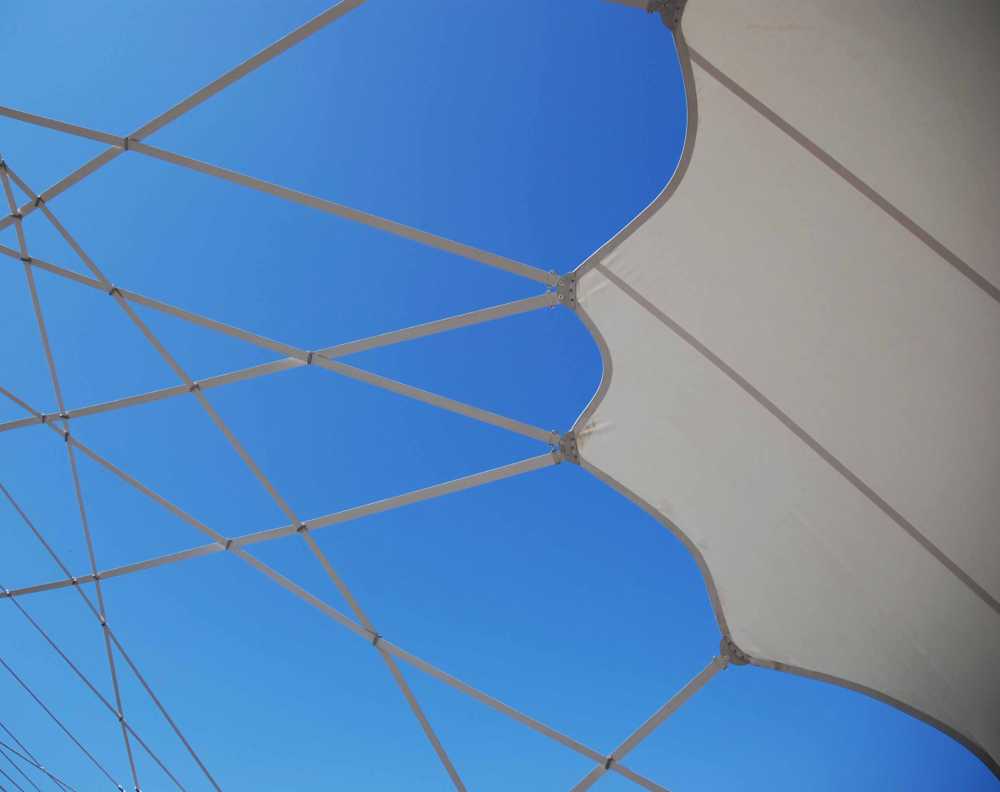
The existing historical buildings are characterized by a clear and rectilinear architectural language. The requests of the client and the local residence were to use outdoor spaces that underline and complement the current sense of identity and strength as well as the architectural elements that relate to the history of the place. The resulting structure has clear lines, the surface under traction seems to float in the air in sharp contrast with the pre-existing historical buildings. The architectural elements, the new ones and the existing ones work in harmony and contrast, making each other stand out

The result is a stretched membrane roof covering the terrace adjacent to the "boiler room". Four wooden pillars, organically connected by a network, have clear circular shapes. At night, LED spotlights illuminate them from below. The combination of the two structural traction systems consists of a cable, a mesh and a membrane. The challenge in combining the light elements in the tensile system lies in the different ways in which the cable, mesh and membrane respond to external loads: such as snow or wind
